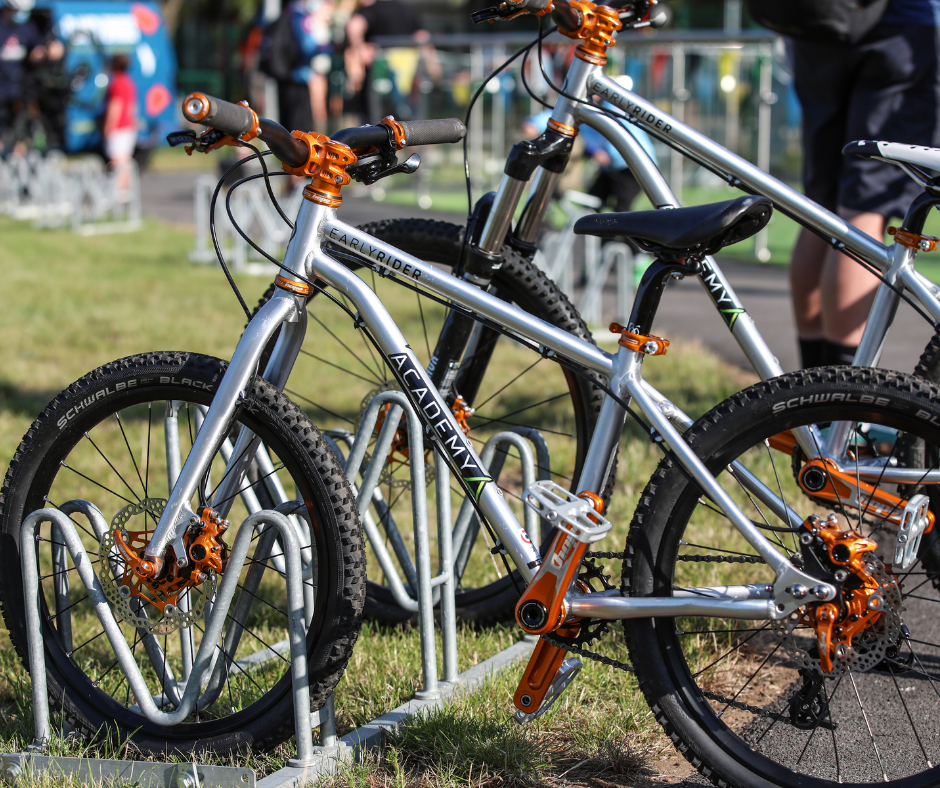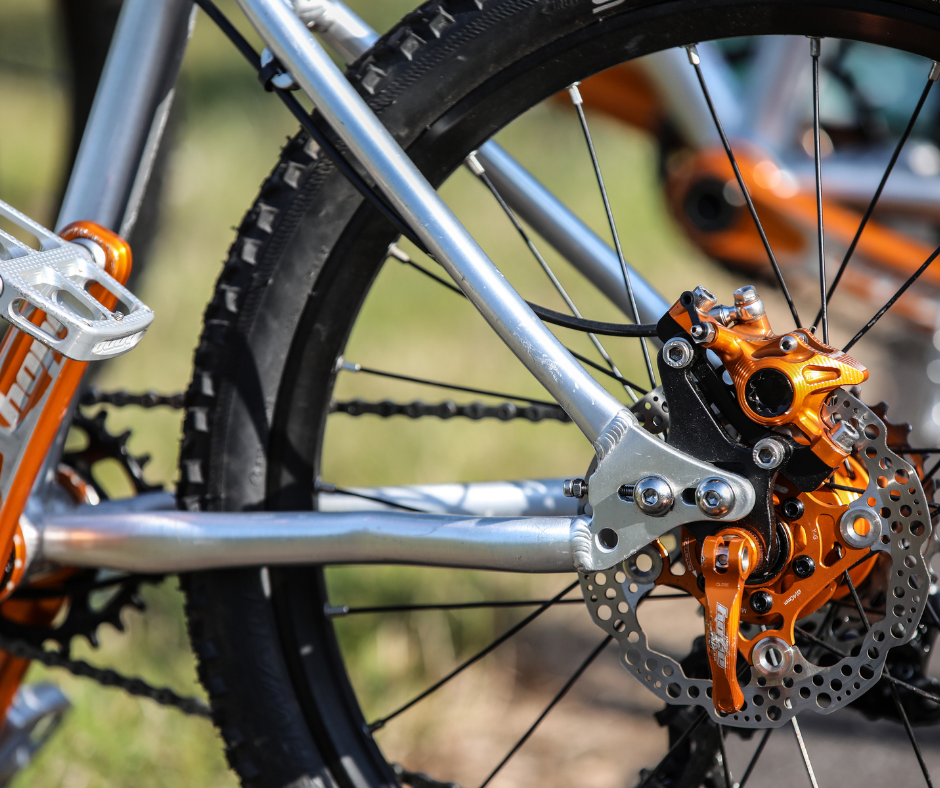New Bike Check List
If you’ve just got a new bike for Christmas then the first thing you want to do is get out and ride it, however it’s always better to check it over and make sure it’s properly setup before you head out the door. We’ve asked our coaches for a few tips on how they setup their new bikes and what they look out for.

Saddle height
One of the first things our coaches mentioned was saddle height, it really can make all the difference where comfort is concerned, particularly on a long ride. So how should you set it? We think a good a place to start is by putting the pedals level, horizontal to the ground. When you sit on the saddle with the ball of your foot on the foremost horizontal pedal the bend in your knee should be around 90degrees.
Tyre Pressures
Next up on the list of things to check is tyre pressures, too much and you’ll lack grip, too little and you’ll feel like you’re riding through glue. Getting the correct tyre pressure really depends on the type of bike you’re riding. For a MTB we’d recommend between 20-30psi, for a road bike 70-90. Of course, always check the tyre recommendations & pressure limits – these are often written on the tyres themselves.

Brakes
One of the most important things on a bike are also one of the easiest to incorrectly setup. It goes without saying that it’s important that your brakes work when pulled and actually stop you, however it’s equally important that small finders can actually reach the levers. Check that the brakes are positioned at a comfortable angle on the bars & can be reached from a normal riding position – often they have adjustment screws that can help bring the levers closer if needed, so keep an eye out for these.
Gears
Ever heard that clicking noise coming from the back of your bike? In that case you’ll know exactly what we’re talking about, misaligned gears are a common issue for cyclists – fortunately they’re not as difficult as you might think to fix. Your gears usually have barrel adjusters either up at the lever or down at the derailleur, by screwing these in or out you can fine tune you shifting. Derailleurs also have limit screws; these small screws prevent the mech over shifting which can either cause the chain to drop off the rear cassette or (worst case) over the top into the rear wheel. It’s worth checking these limit screws by shifting as far up the gears and as far down the gears as possible & making sure the mech doesn’t over shift at either extreme.

What next?
Now you're bike is ready to ride check out our top 10 bike rides
or
